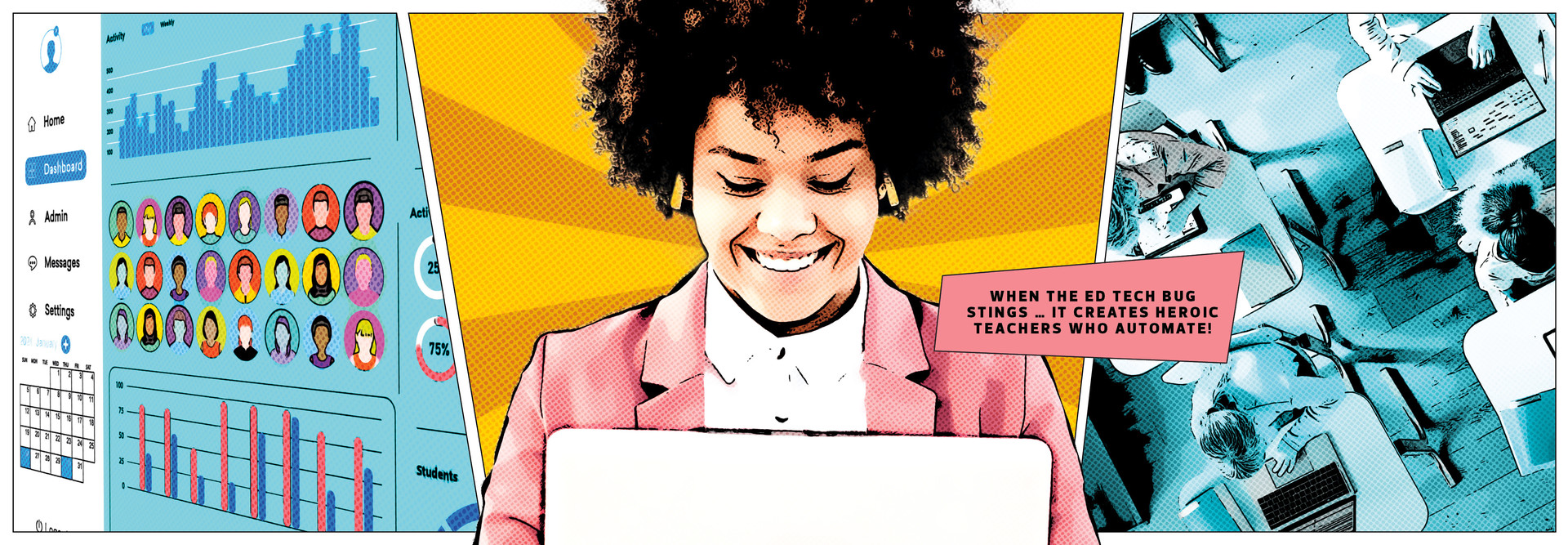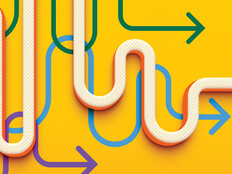Does AI Help Relieve Burnout in Teachers?
For Francie Alexander, chief research officer at HMH, the benefits of automated technologies such as AI are clear.
"There are four primary upsides to AI in the classroom,” she says. “The first is productivity, helping the teacher be more productive in all aspects of teaching. The second is the social aspect, being able to connect with families, students and colleagues more easily. The third is data, being able to accumulate and review data to improve learning. The fourth upside is being able to use technology to assist in classroom instruction."
Fortunately for educators, they do not necessarily need to acquire new hardware or software to make the most of AI.
“A lot of solutions that are already on the market use AI technology,” says Jennette Vanderpool, a CDW education strategist and a school board member for Lake Elsinore (Calif.) Unified School District. “Manufacturers are jumping on the current popularity of AI technology and rebranding to make it more obvious that they are using this technology. Microsoft 365 and Google Workspace for Education have been using AI in their products. GoGuardian and Merlyn Mind also have AI features.”
AI can help teachers lighten their workloads. For example, Microsoft 365 offers a variety of AI-powered learning accelerators, which are assistive tools built into the OS to help support foundational learning skills. One example is Reading Coach, which analyzes a student’s reading and then produces a personalized program for improvement, lending a hand to overstretched teachers.
RELATED: See how these next-generation reading tools could improve K–12 literacy.












